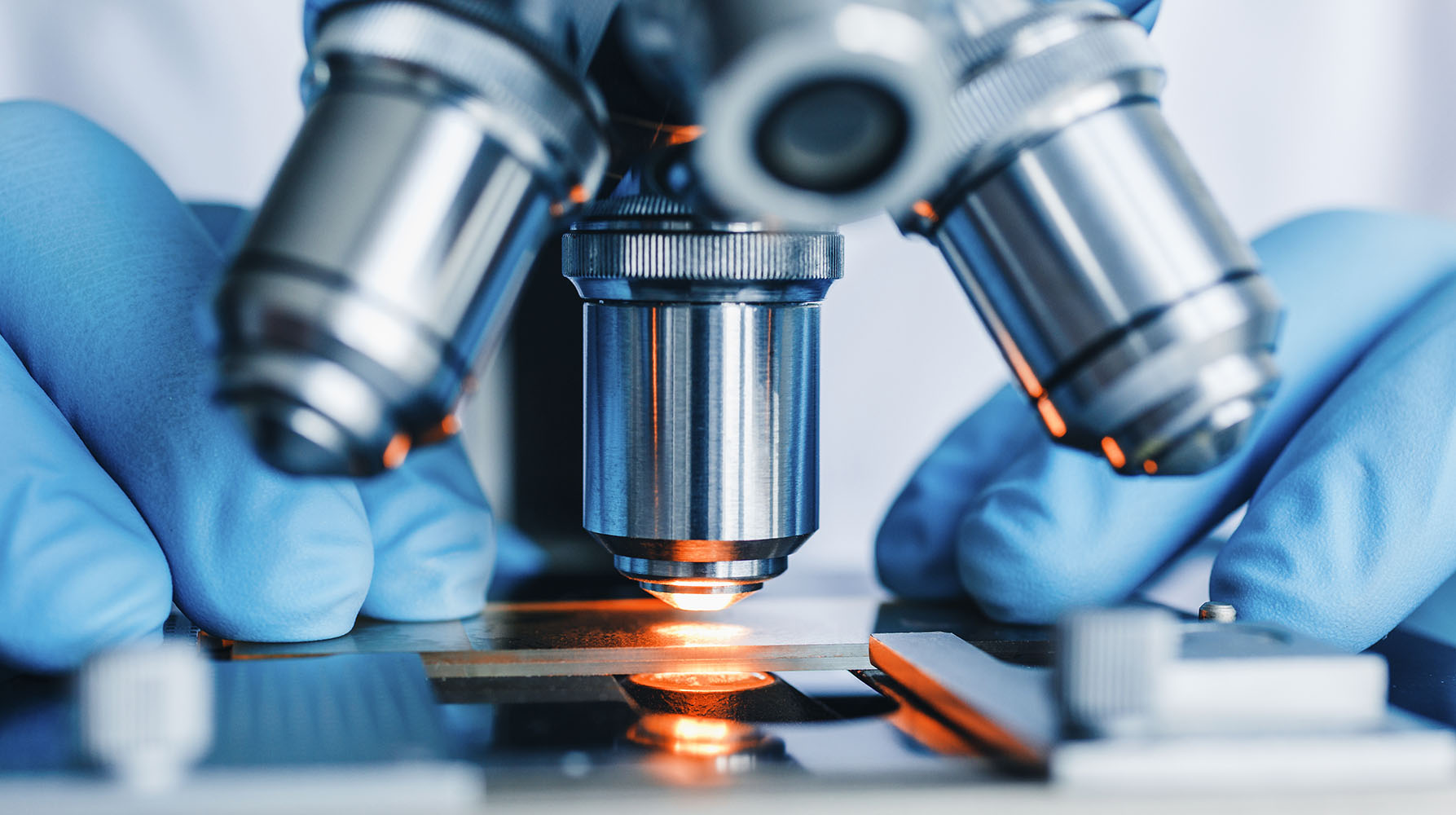European Parliament urges revision of medical devices regulations
Published on 29th Oct 2024
EU medtech and diagnostics sectors face critical regulatory updates in new parliamentary resolution

On 23 October, the European Parliament (EP) adopted a resolution calling for urgent revisions to the Medical Devices Regulation (MDR) and In Vitro Diagnostic Medical Devices Regulation (IVDR), highlighting significant challenges and proposing solutions to ensure the availability and safety of medical devices across the EU.
The resolution comes at a critical juncture. The MDR and IVDR, which were adopted to enhance the regulatory framework for medical devices and in vitro diagnostics, aimed to ensure higher standards of safety, transparency, and clinical performance while fostering innovation. However, the implementation of these regulations continues to encounter significant challenges, necessitating a comprehensive review and revision.
Addressing key regulatory barriers
The primary purpose of the EP resolution is to address the pressing challenges and bottlenecks in the implementation of the MDR and IVDR.
The European Parliament has called on the European Commission to propose delegated and implementing acts by the end of Q1 2025 to address these issues and to conduct a systematic revision of all relevant articles of these regulations, accompanied by an impact assessment. This resolution underscores the importance of ensuring that the regulatory frameworks are effective, efficient, and proportionate, meeting current and emerging needs, and aligning with other actions to provide EU added value.
One of the key issues with the current regulations is the complexity and length of the regulatory procedures, which have led to delays in the certification and approval of medical devices and in vitro diagnostics. This has particularly impacted small and medium-sized enterprises (SMEs), resulting in shortages of medical devices and restricting patient access to innovative and life-saving technologies. The resolution highlights the need for improved availability and affordability of crucial devices, as disparities in access to medical devices persist across Member States, affecting patient care and leading to health inequalities.
These findings align with recent recommendations made to the Commission, including in the Draghi Report released in September. The report found that regulatory challenges heighten the risk of supply disruptions, result in withdrawal of essential medical devices and IVDs from the EU market, and impact the competitiveness and innovation capacity of the European medical device industry.
Proposed fixes for medtech regulations
The resolution offers several solutions to address the challenges faced by the medical devices and diagnostics industries.
It calls for the creation of transparent and binding timelines for procedural steps in conformity assessment by notified bodies, ensuring predictability and certainty for manufacturers in the pre-marketing phase. Time is of the essence and the lack of clarity around certification and market access timeframes is described as creating unpredictability, inconsistency in decisions, and opacity surrounding the work of notified bodies. The EP is also advocating for the creation of clock stops as part of that process.
It also advocates for the elimination of unnecessary re-certification of products and the harmonisation of such provisions across the EU. This is relevant, for example, in situations where an update or an adjustment to a medical device or an IVD does not merit a full re-certification of the product.
Additionally, the resolution emphasises the need for fast-track and prioritisation pathways for the approval of innovative technologies in areas of unmet medical needs. This may be of particular relevance for so-called ‘orphan devices’, which can be crucial to fulfil such needs in patients affected by rare diseases or conditions with limited diagnostic or therapeutic options. The same recommendation is made in relation to devices linked to health emergencies.
Synchronisation with Commission's regulatory review
The resolution aligns with the Commission's ongoing targeted evaluation of the MDR and IVDR, which aims to assess whether these regulations are effective, efficient, and proportionate, and whether they meet current and emerging needs. This evaluation, planned for public consultation in the fourth quarter of 2024 and Commission adoption in the fourth quarter of 2025, is intended to help the Commission take stock of the current regulatory frameworks and identify areas for improvement. The targeted evaluation is crucial in ensuring that the MDR and IVDR align with other actions and provide EU added value, thereby supporting innovation and competitiveness in the medtech sector.
Industry feedback
MedTech Europe, the European trade association representing the medical technology industry, has welcomed the resolution and its call for measures to address the most pressing challenges and bottlenecks in the implementation of the MDR and IVDR. In a recent statement, the association supports the Parliament's call on the Commission to propose the systematic revision of all relevant articles of these regulations, accompanied by an impact assessment. They also propose immediate actions to reduce and make predictable initial assessment timelines and costs, make assessments of changes to medical technologies more efficient, build an accelerated pathway for breakthrough innovation, and adapt certification timelines to follow a life-cycle approach.
Osborne Clarke comment
The EP resolution underscores the urgent need to revise the MDR and IVDR to address significant challenges and ensure the availability and safety of medical devices across the EU. The proposed solutions aim to streamline the regulatory process, improve transparency, and eliminate unnecessary administrative work for notified bodies and manufacturers, particularly SMEs, without compromising patient safety. Concomitant with the Commission's targeted evaluation, this initiative hopefully signals a shift towards a comprehensive review to foster a regulatory environment that supports innovation, protects public health, and maintains the availability of life-saving medical devices across the EU. Businesses in the medtech and diagnostics sectors are encouraged to closely monitor the developments and engage with the regulatory process to ensure compliance and leverage the opportunities presented by the proposed revisions in due time.
***
We are committed to supporting our life sciences clients in navigating the complex EU regulatory landscape and achieving their business objectives in this evolving environment. Please reach out to our team in case of queries.




